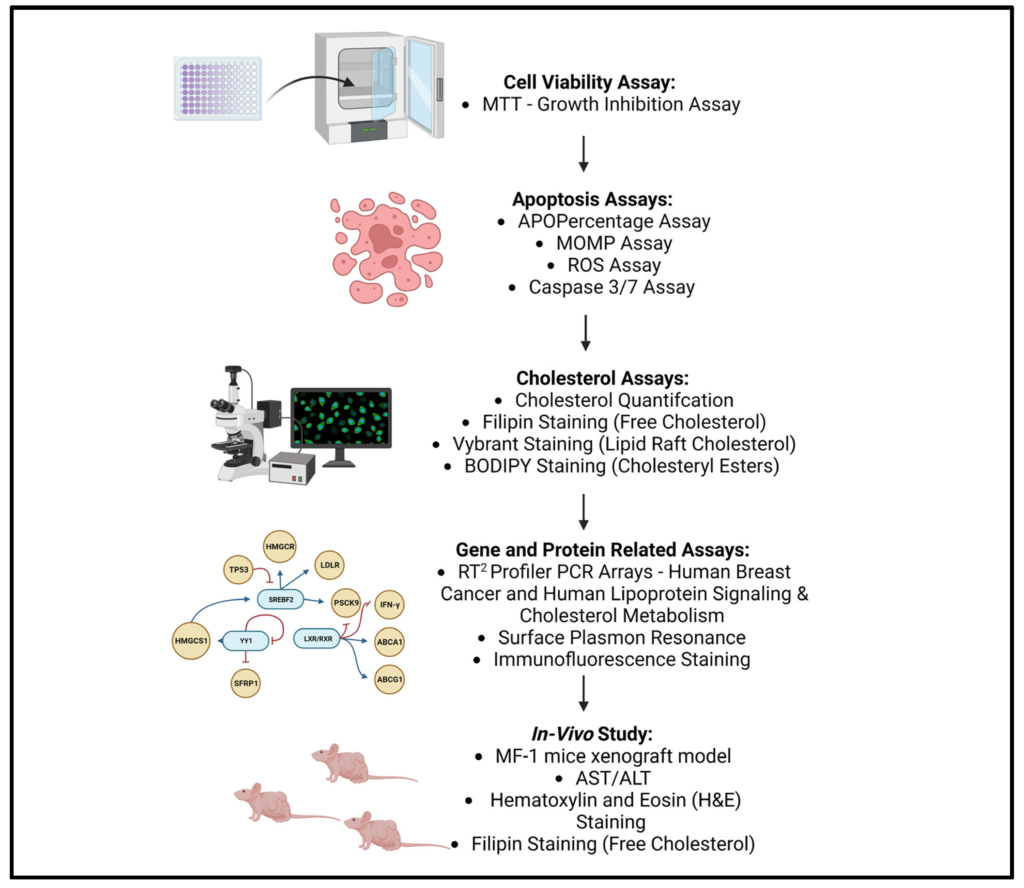P2a Open Label Study to Evaluate 2-HPβCD in Subjects With Diabetic Kidney Disease
Today’s cyclodextrin: After a long time, HPBCD will be evaluated again in clinics, now in a new application.
ZyVersa Therapeutics Inc. is sponsoring this Phase 2a open-label, two- to three-center study to evaluate the clinical efficacy and safety of one dose level of 2-hydroxypropyl-β-cyclodextrin (2-HPβCD) given intravenously in adult patients with type 2 diabetes, diabetic kidney disease (DKD), and proteinuria.
According to the proposed mechanism of action, HPBCD entraps and passively removes intracellular cholesterol from the kidney. It is also believed to promote active cholesterol removal through up-regulation of cholesterol efflux transporters ABCA1 and ABCG1.









